Most of my career has essentially involved making two-dimensional images that represent three-dimensional realities, and most of my education involved drawing from observation. But what happens when your process is to draw what you observe, but you don’t have anything to look at?
What do you do when you don’t have the models or reference you need, or can use? Of course, for people, I try to find the right models and costumes and shoot my own photo reference, or on the case of landscapes, I work on location. Like many illustrators, I sometimes create the reference itself- which sometimes involves making fairly elaborate reference models.
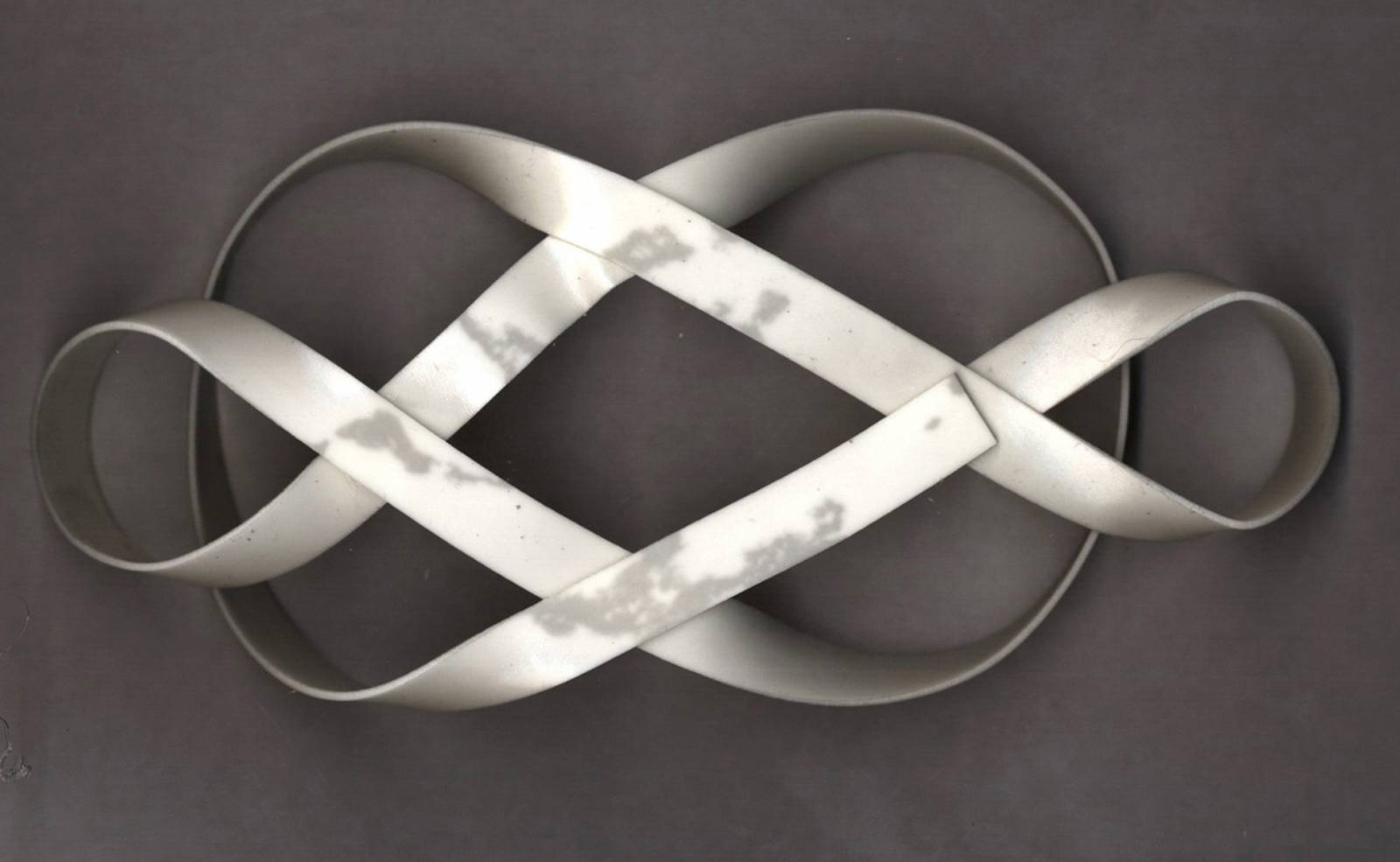
For the cover of the book Written in my Own Heart’s Blood, I was asked to make an illustration based on the number 8. After many flase starts (involving octopi, spiders etc) I eventually settled on the mobius-strip like concept of an Octothorpe.
Rising to that challenge is one of my favorite parts of illustration. This month I thought I would share a few of the sculpted props I have made for my illustration projects. Although these pale in comparison the work of dedicated three dimensional illustrators like Chris Sickles, making reference models is one of my favorite parts of my process, and as such, I thought I might share with the Muddy Colors readers.
I always start with some kind of drawing…
…Then I might make some kind of rough shapes for lighting, in this case using plastacine clay…
Then you realize that for the sake of continuity you need more reference…
and then, you paint the finished art.
Something that I had not planned on was that sometimes the reference model would evolve into being the illustration itself.
Artwork that was used was created as a sketch for the book cover eventually found its way onto the Outlander television series.
Part of a cover of a landscape created from paintings and photographs or grass rocks and tree branches. Be Sure: it’s good advice.
Previsualization for a painting incorporating photographs shot in a swimming pool with a house made of Gator Board.
Here is a reference sculpture in progress…the molten effect is achieved with using red casting wax over a sculpy base, then melted with a blowtorch.
this dinosaur ( 30 inches long) was originally created as reference for a piece of concept art did for Jurassic Park many years ago. The t-rex in the film evolved in a different direction, but this sculpture survived and sat in my studio for years. One day Bruce Wolfe saw it and suggested that I have it cast in Bronze.
The casting process was highly instructive – it might be a good subject for a future article.
And so, like the “Dino DNA” in Jurassic Park, my reference model found a new life – in this case as a sculpture in an edition of ten.
As I used to tell my kids (and now occasionally tell students) – “I can’t tell you what will happen if you do something- I can only tell you what will happen if you don’t.”


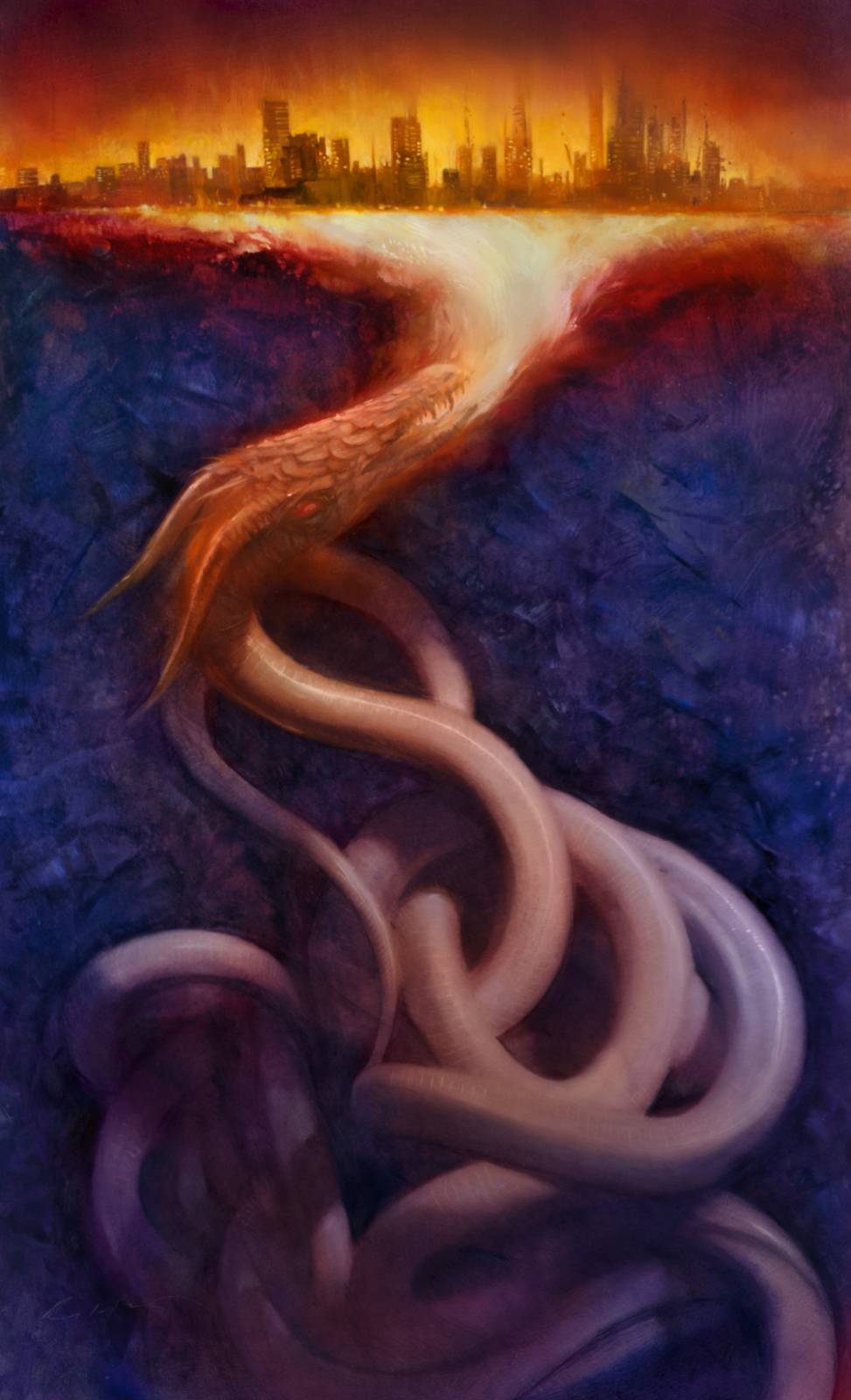
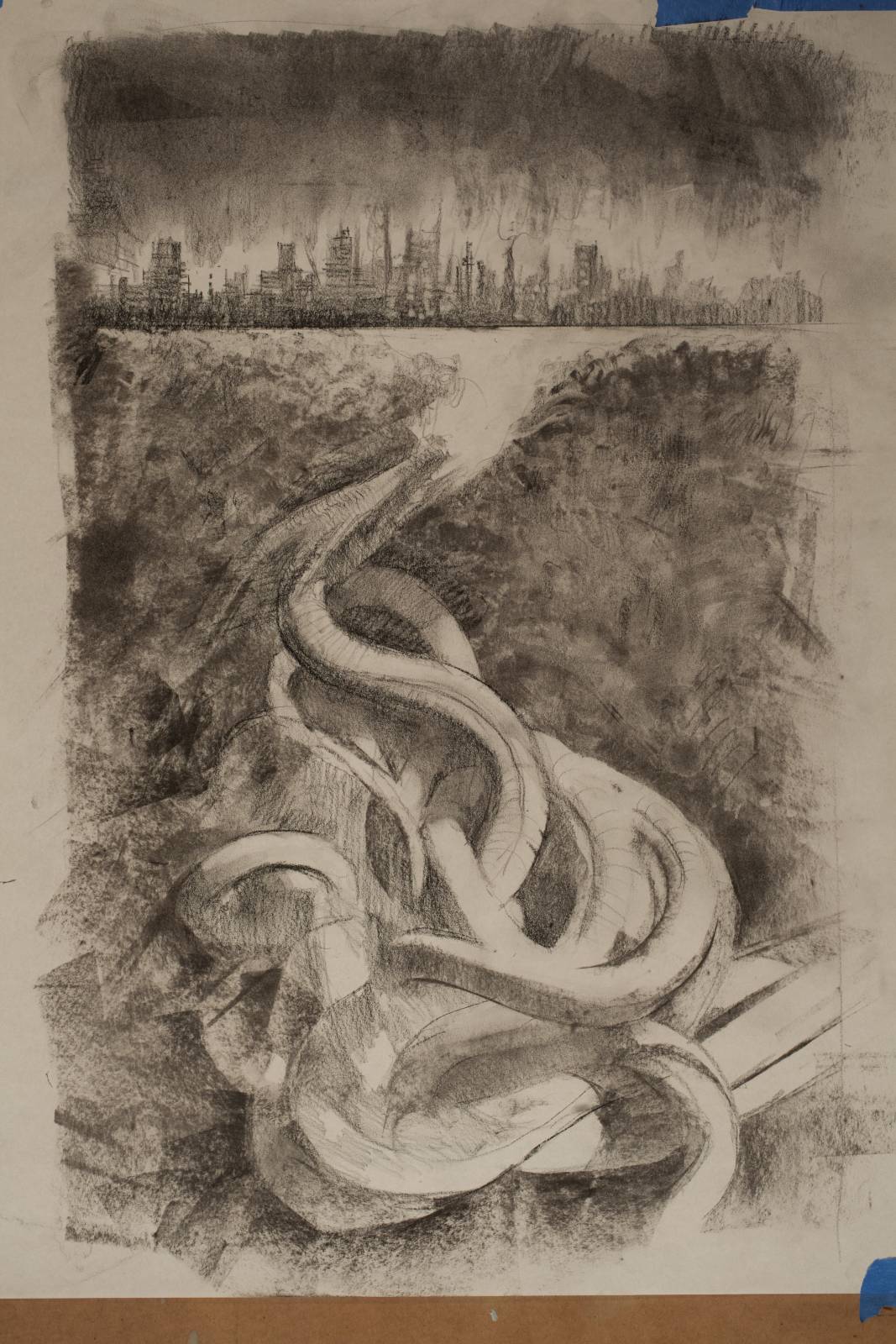
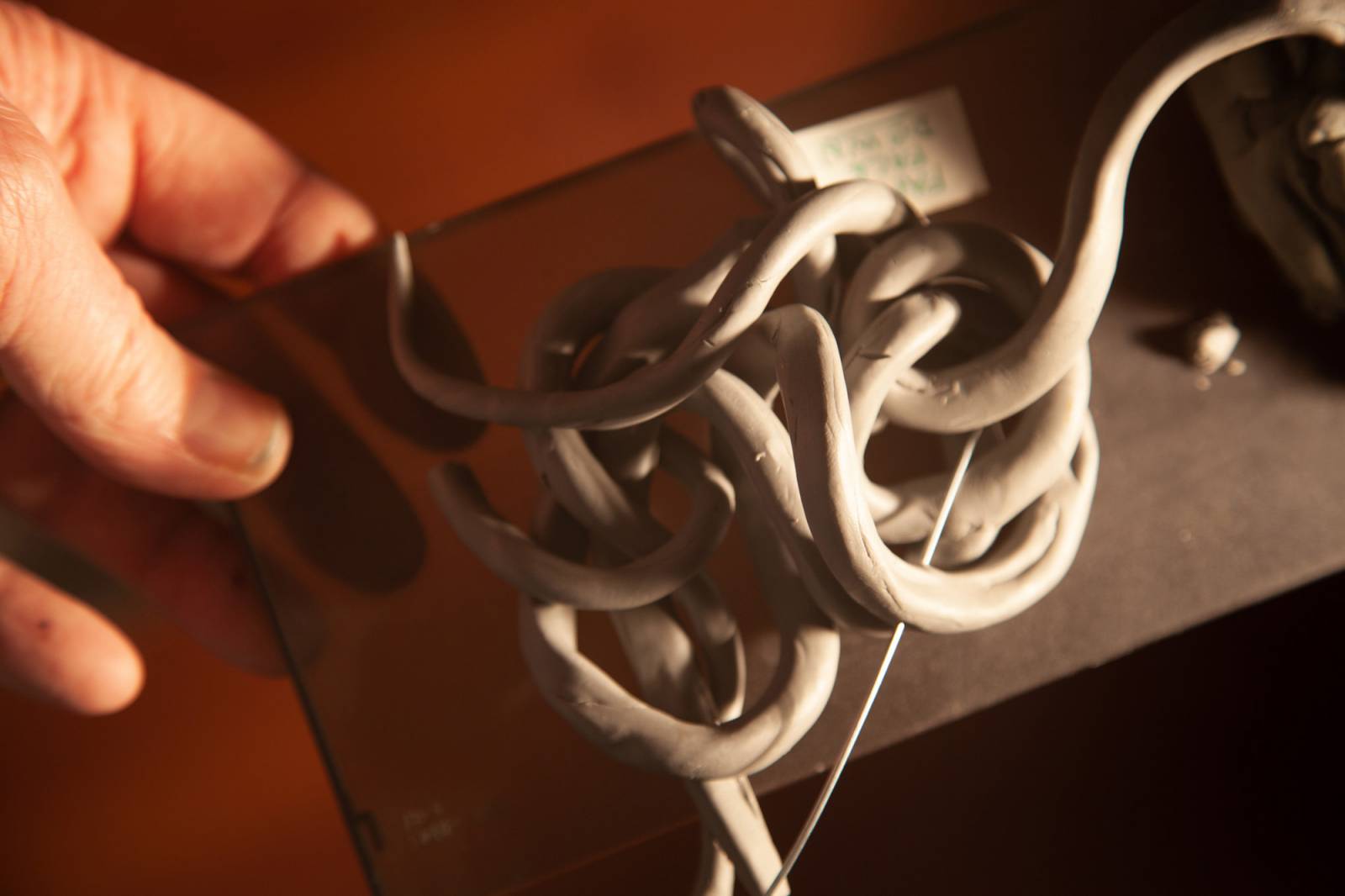
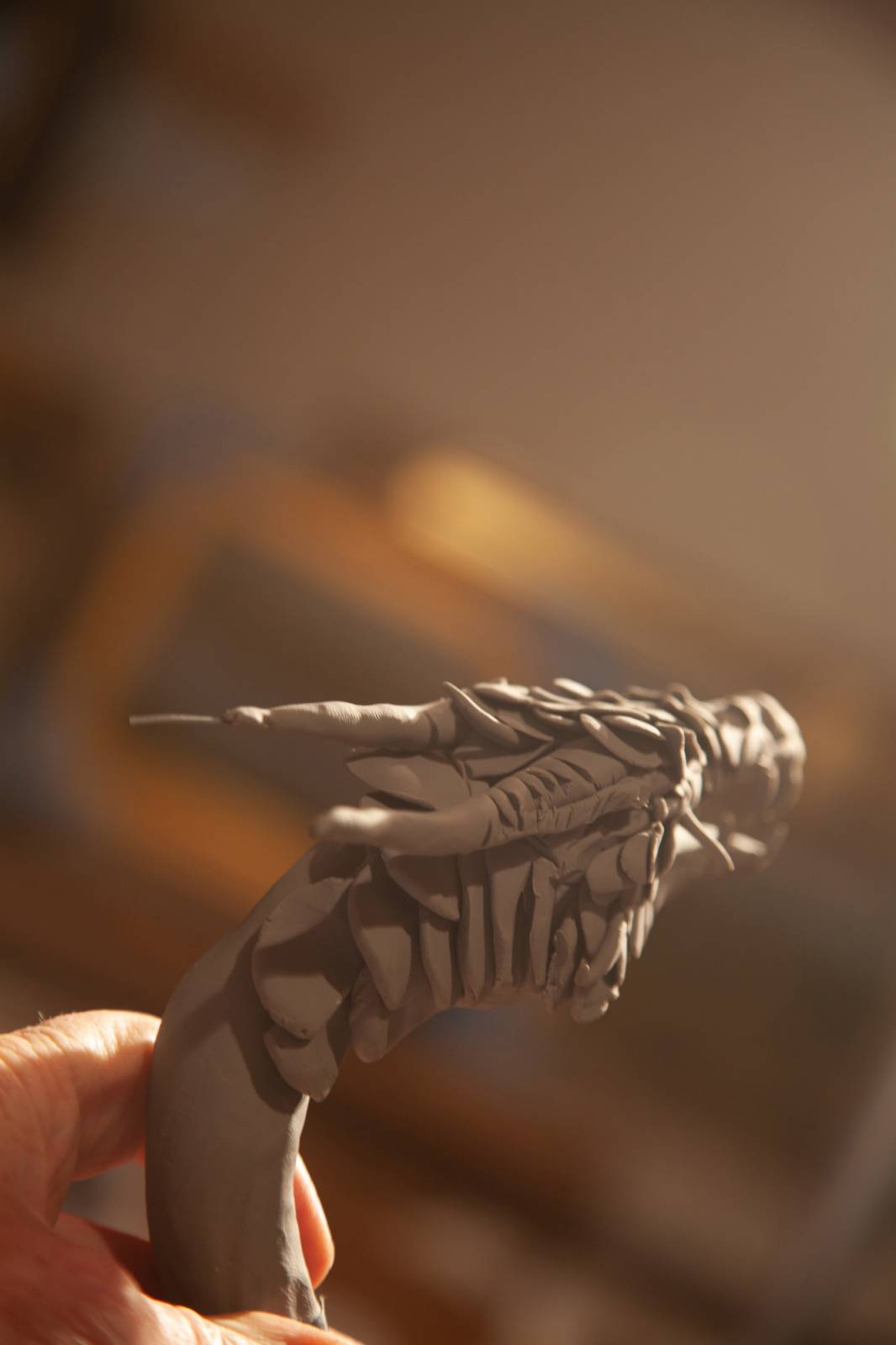
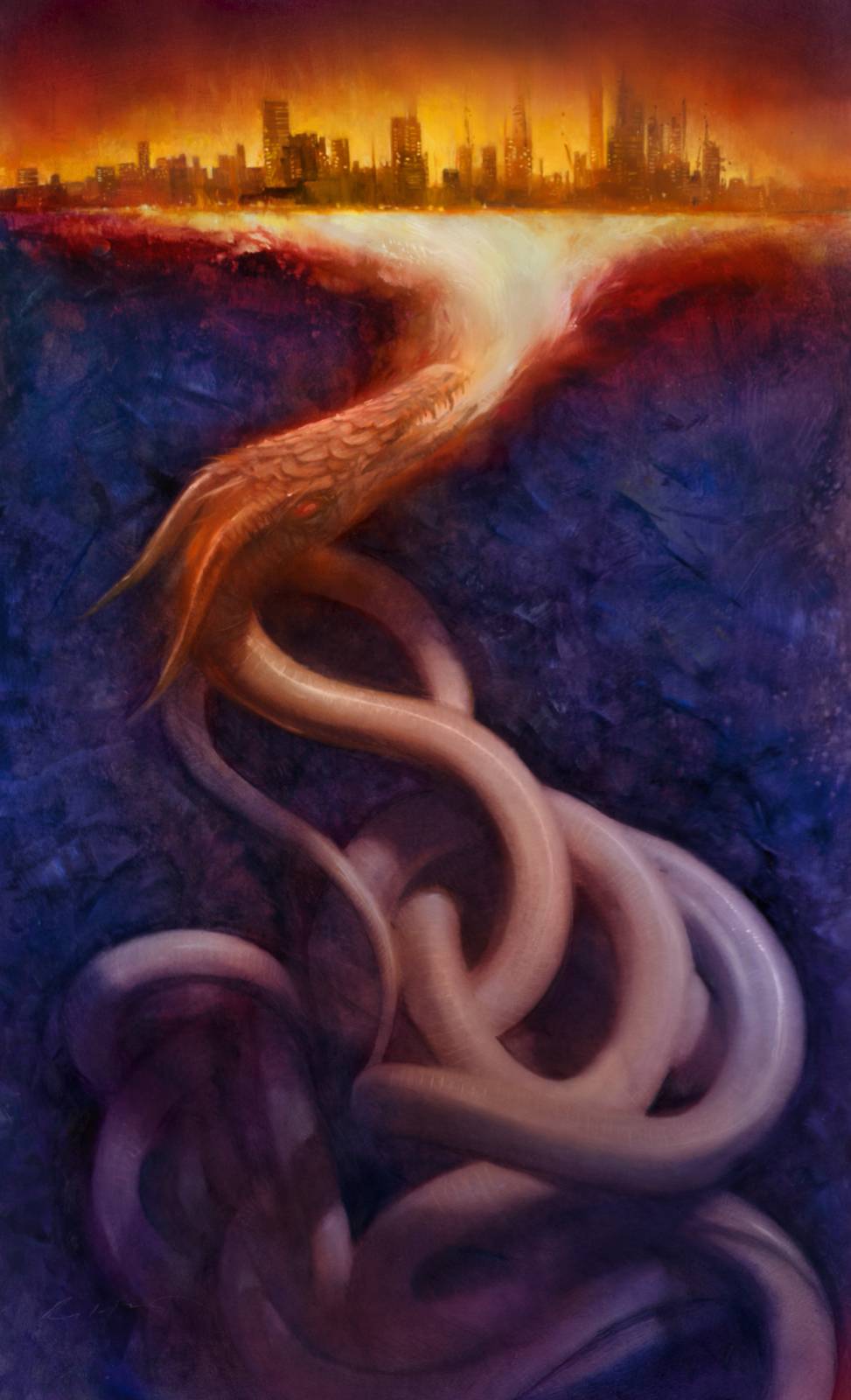
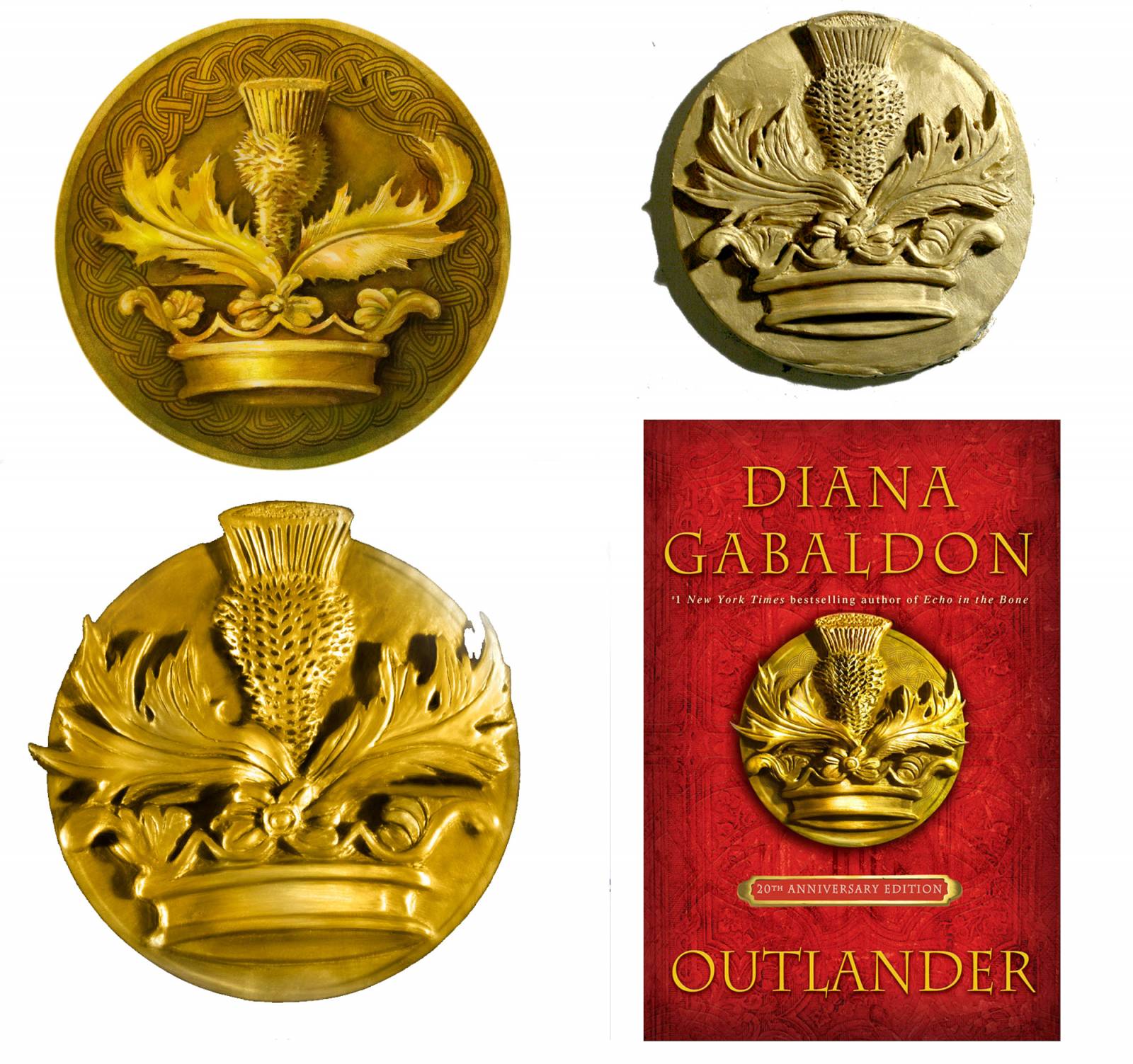
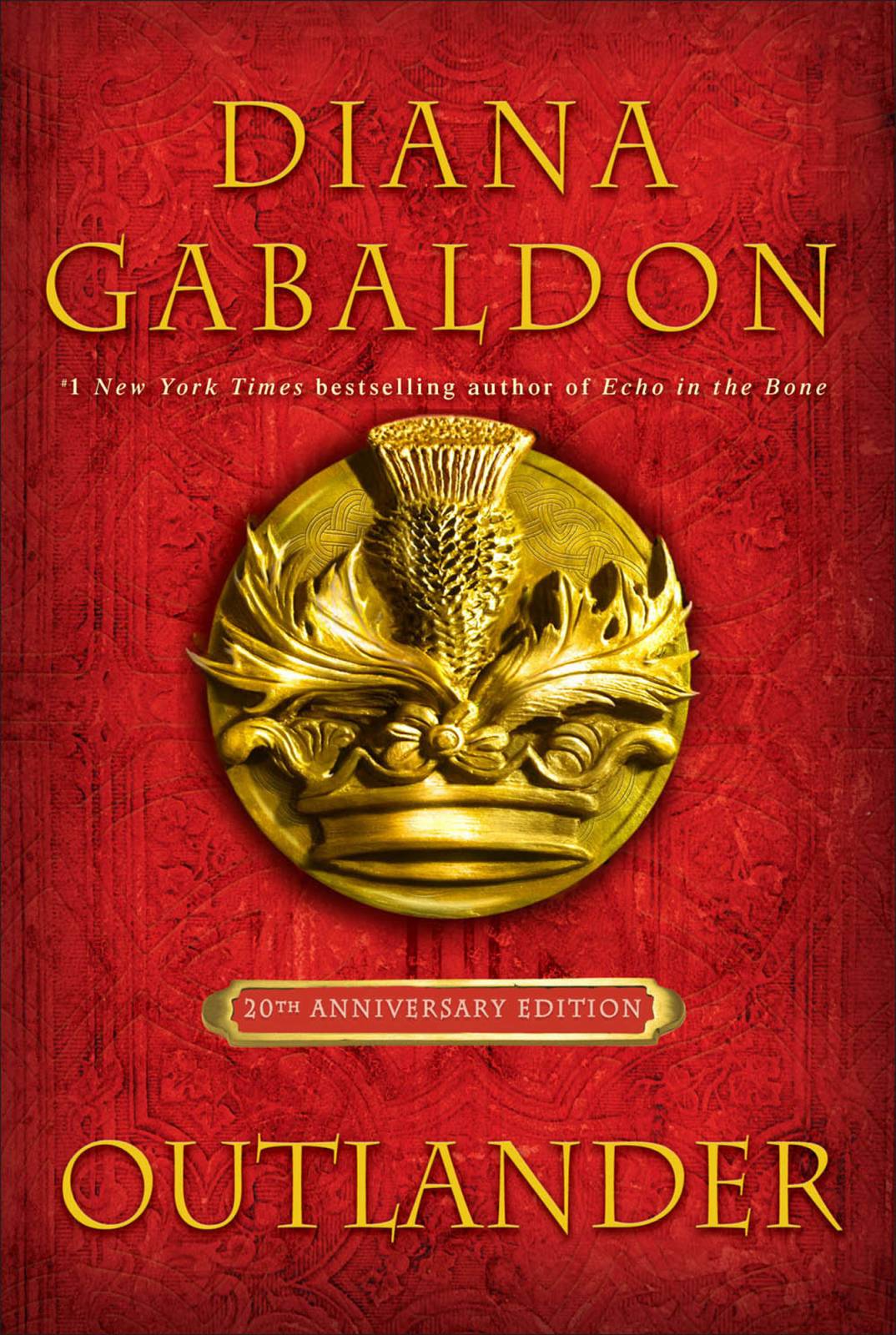
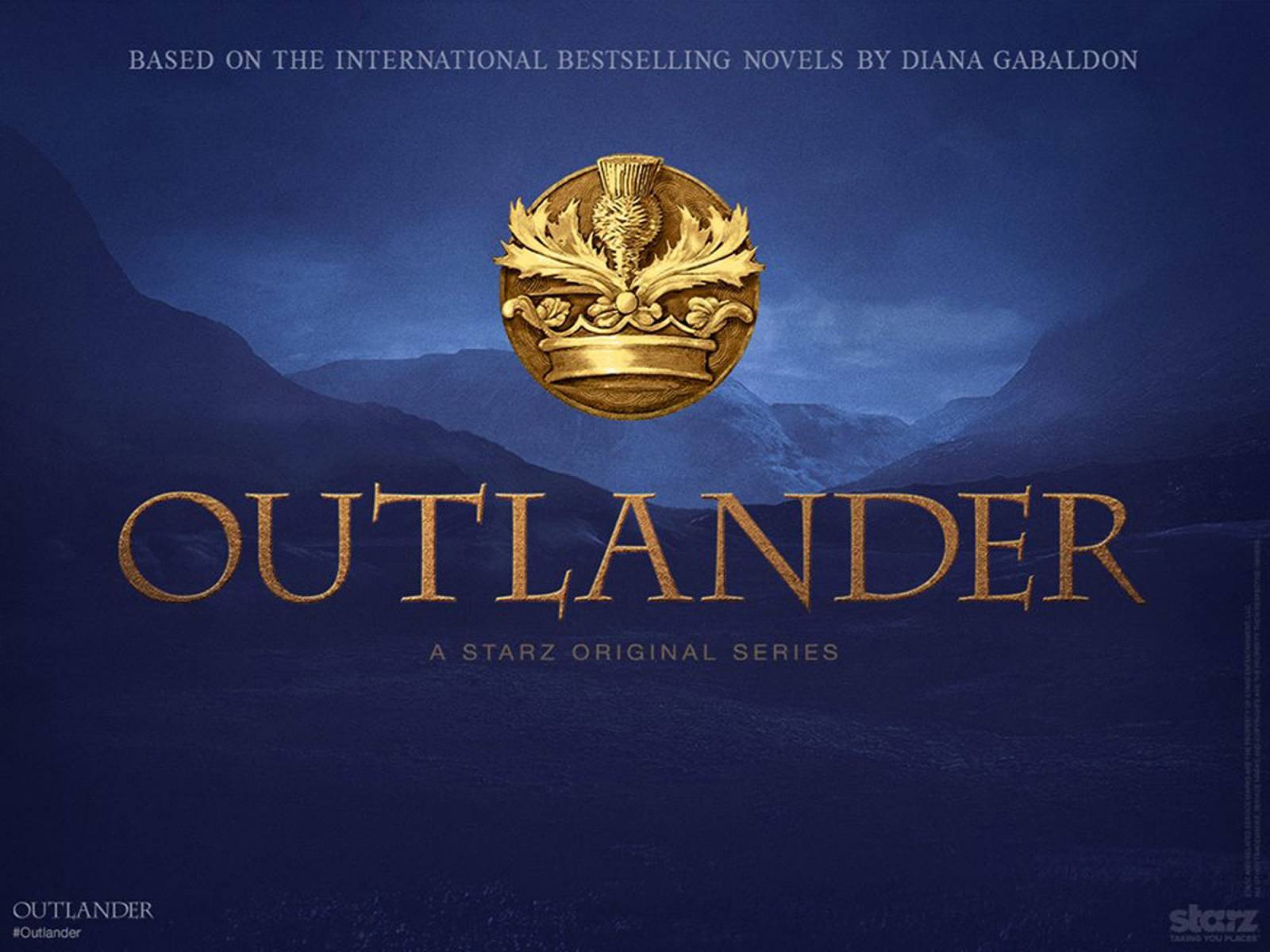
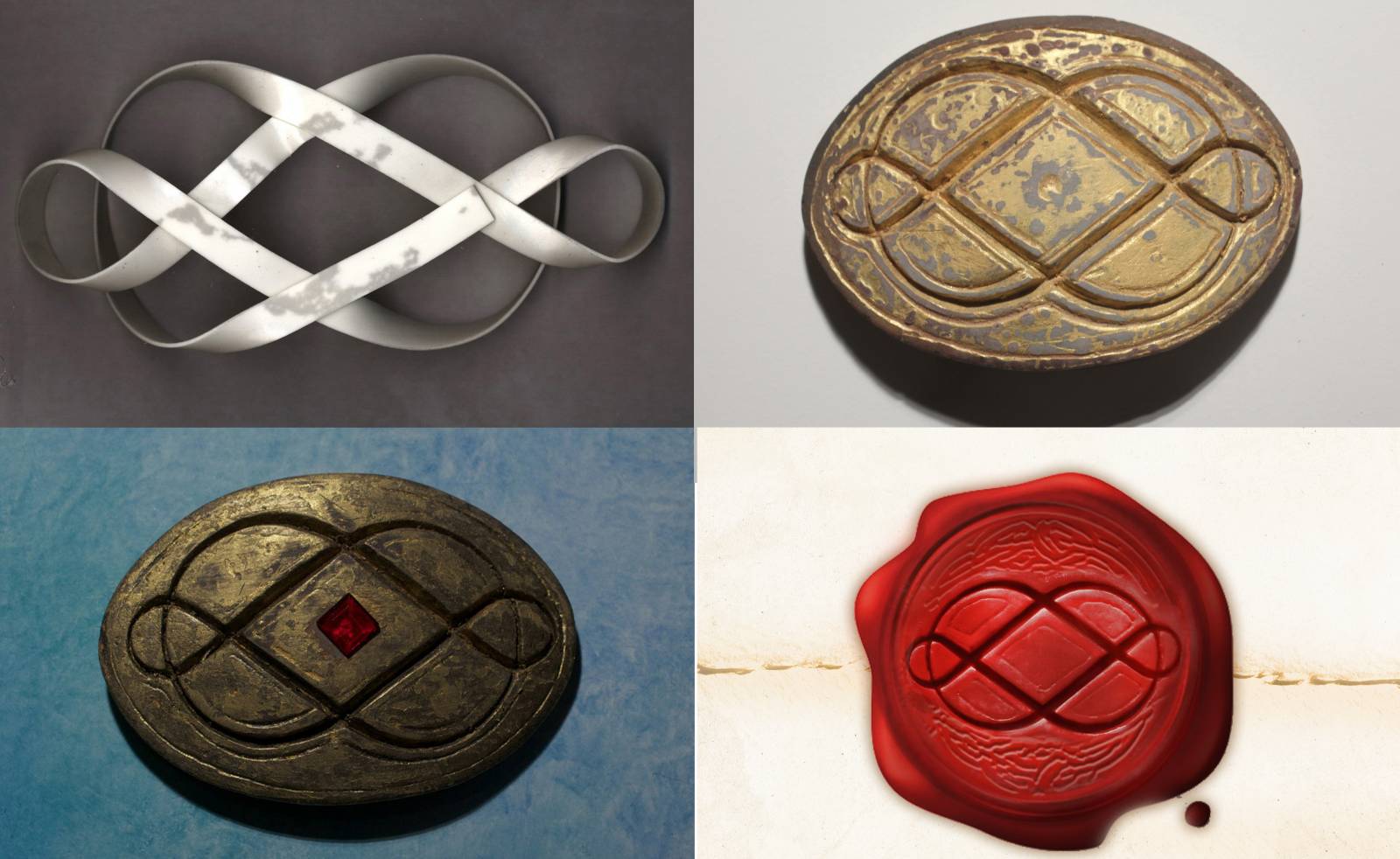
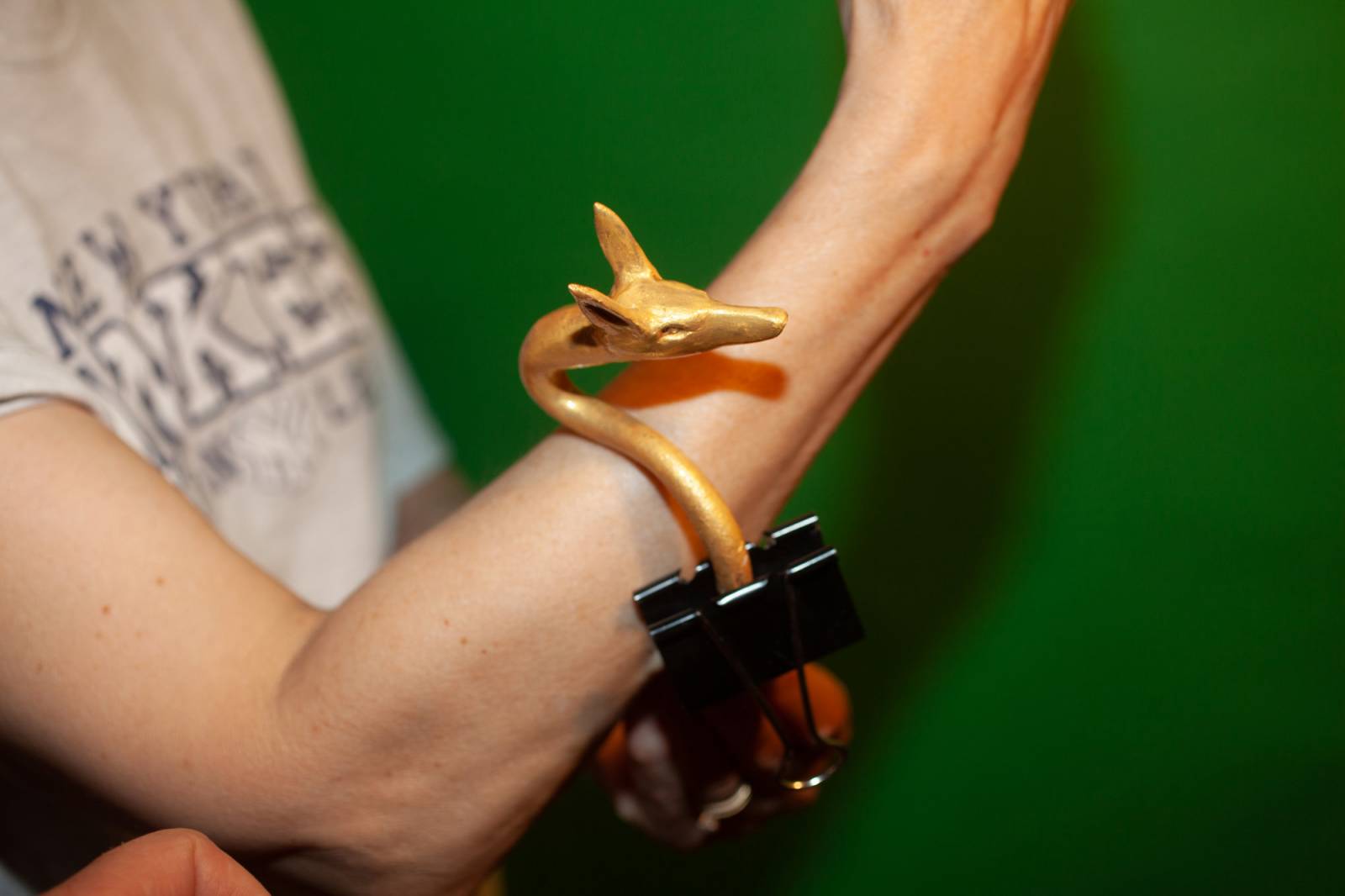
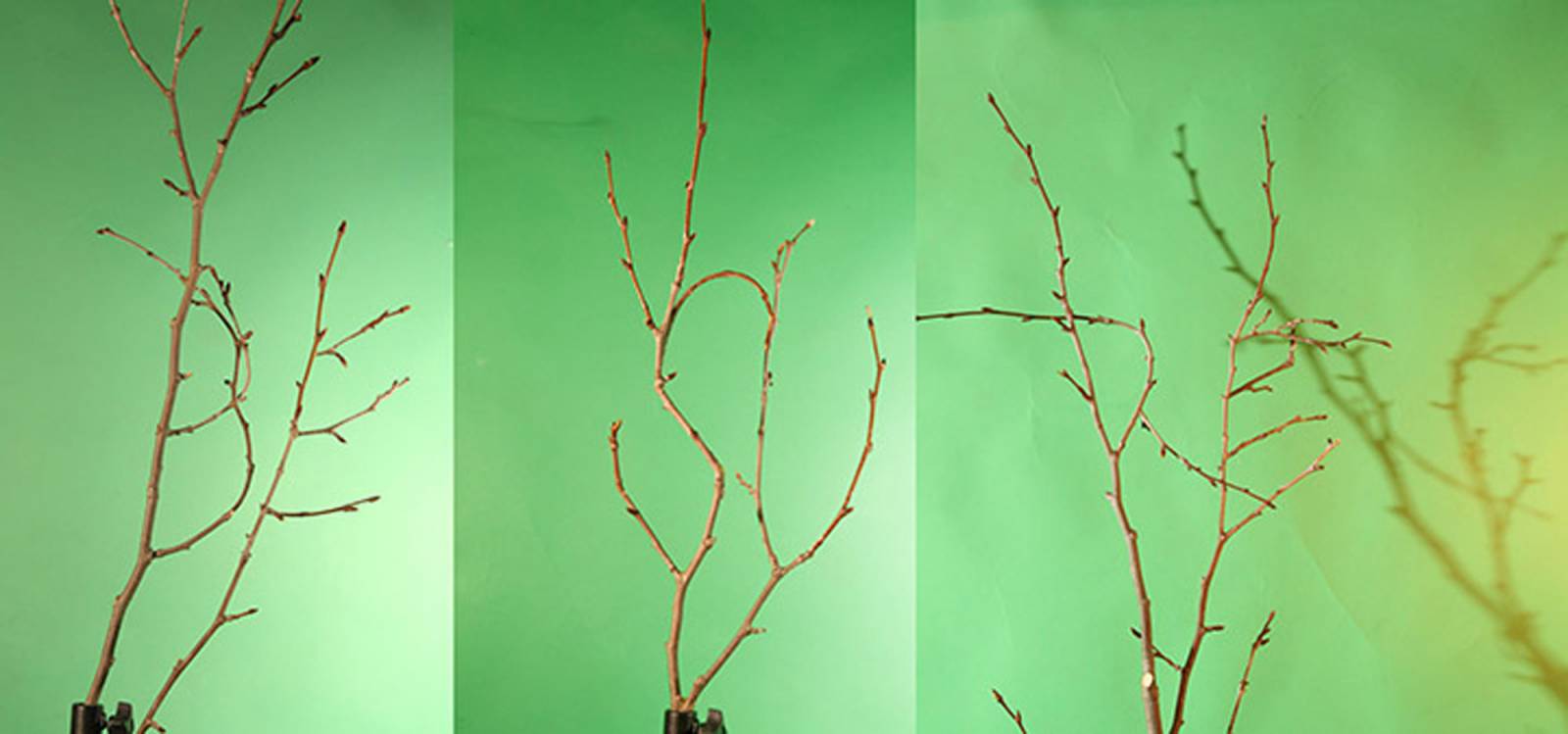
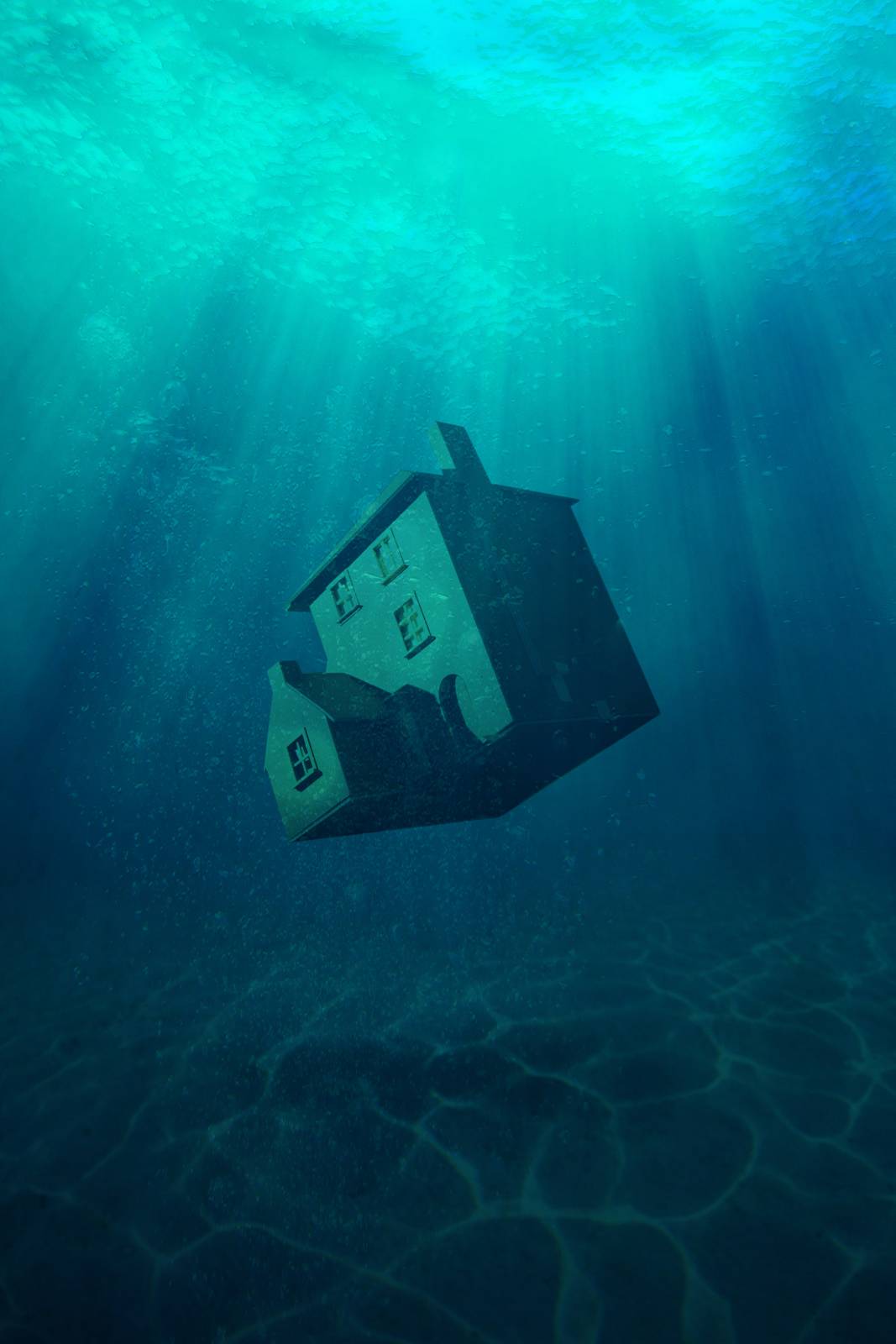
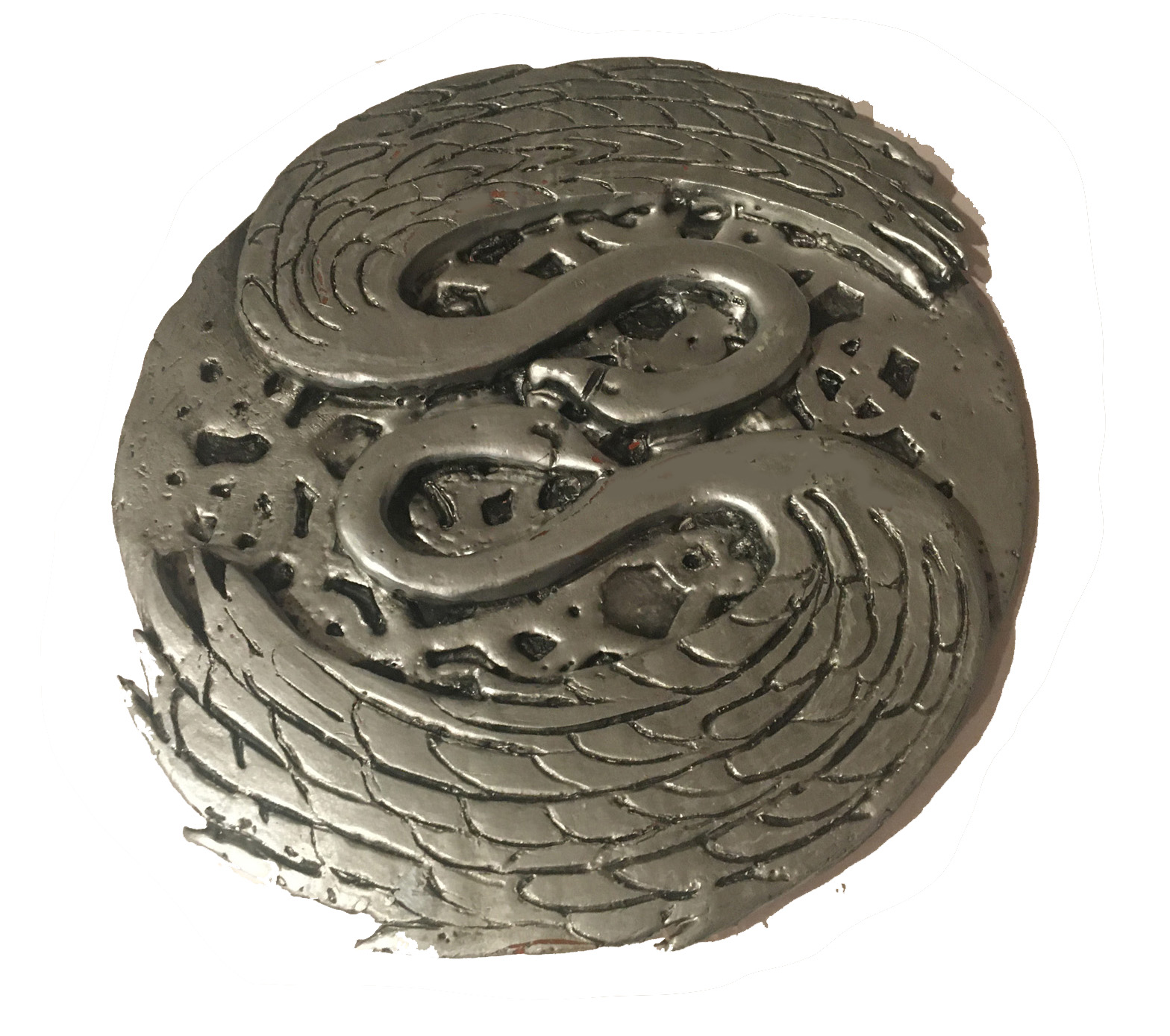

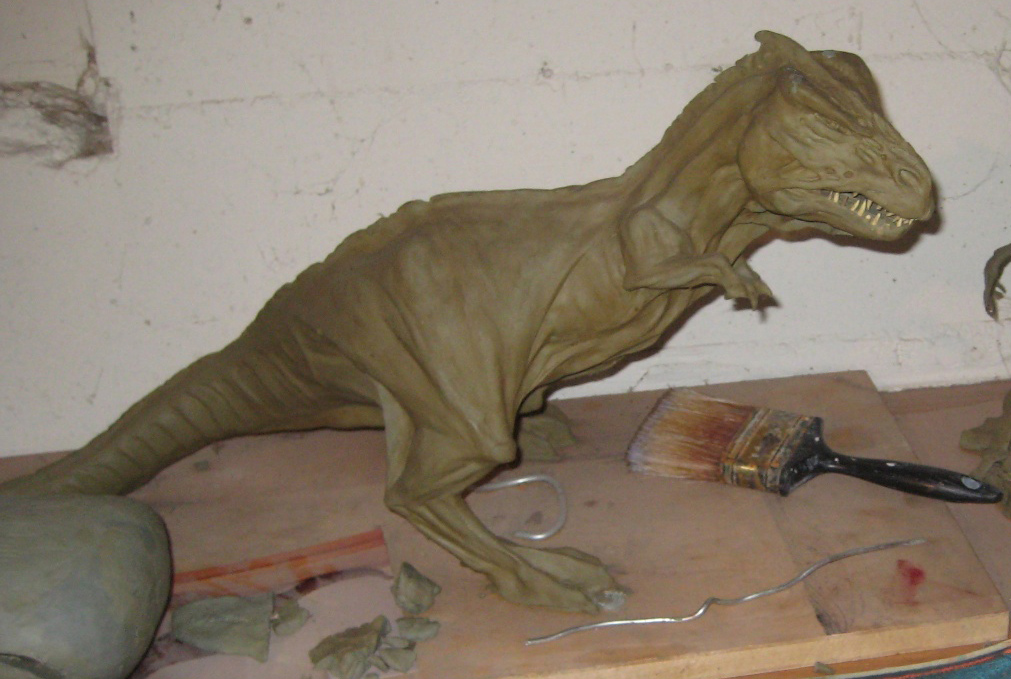

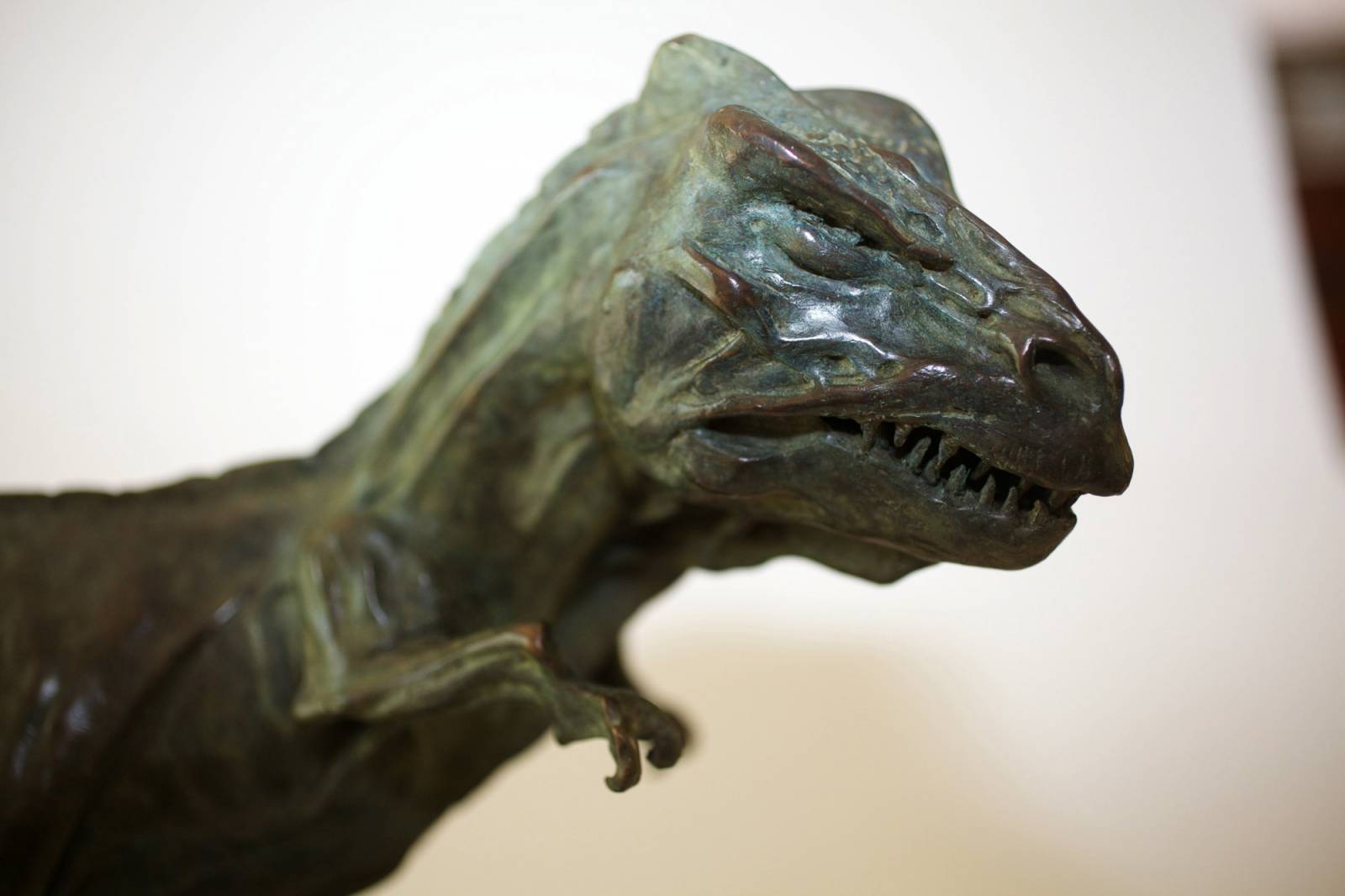
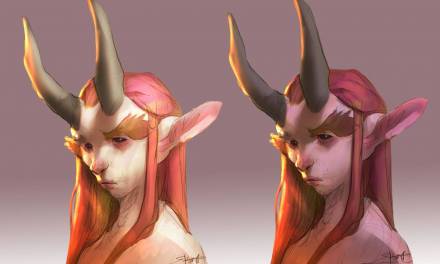
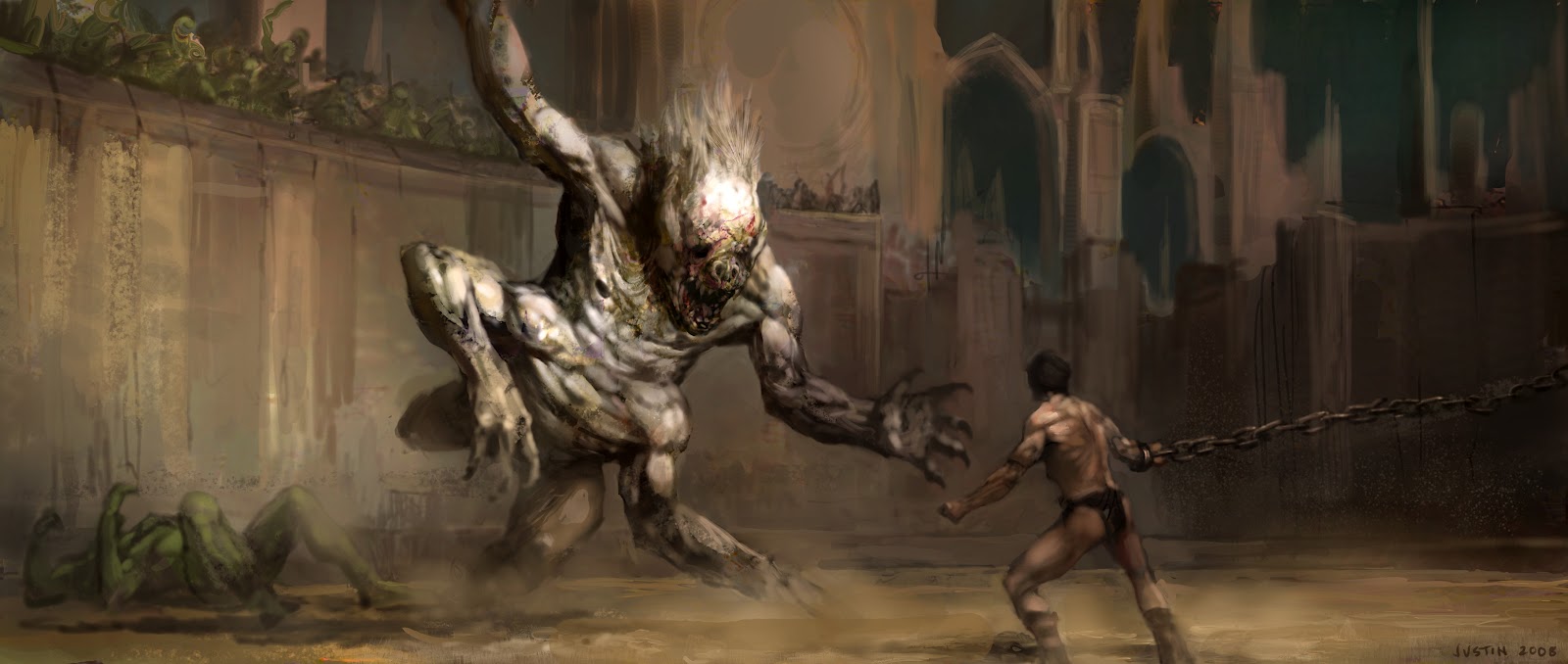
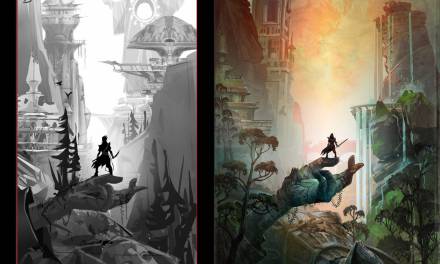
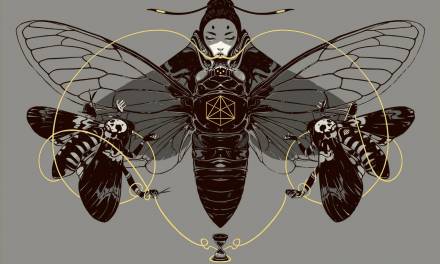
Thank you for sharing the process and the importance of reference material.
Thanks for this look behind the scenes, I always love reading those!
Thanks for ssssssharing 🙂
Thanks for sharing your process Robert.
I think many of you have come out and shared how you deal with reference. It’s extremely informative. Thanks so much!
Thanks for sharing your process!
Its so rare to see custom sculpted reference for 2d work and a great reminder we can do the same. We often forget that it doesn’t always need to be exact to be good reference either. James Gurney is the only other artist I have noticed that shares their own 3d reference and its lovely as well as inspiring to see others doing the same. Not to mention its a great way to play and get inspired.
Thank you again for sharing!
So much dedication
Great post. Love your colors in the Dragon piece. Would be great to hear your thoughts on color in another post.
Congrats! You’ve won a FREE VIDEO. Check your email for details.
So much effort, really nice to see!
Great content!
Wow really nice
Amazing!
Thanks for sharing!
So much dedication, great post!
Very nice sir!
Amazing piece!
Super super cool!
I’m impressed, very cool!
Awesome turned out great!
Thanks for sharing extremely informative!
It’s so intriguing to see your thoughts become visual. Great post!
Fascinating. Thank you!
These are all great but what did stick out was the one with the dragon. The dimple/crease in the right-most coil suggests various muscles, not just a uniform tube. Very glad it made it into the final.
The project requiring branches/trees … especially in nature, what exists in small also exists (almost verbatim) in large, so for the most part we can use something we are able to handle (branch vs entire tree) and use it as reference.
The T-Rex is the cake topping here, well worth the cast. Thanks for sharing this insight!
Thanks for sharing how this works. It’s extremely useful. Lighting is one of the most challenging pieces in making an illustration believable. It’s so nice to know that I don’t have to just imagine it–I can basically create it in 3D and actually see how the lighting will work. Thanks again.
goods from you, man. I’ve understand your stuff previous to and you are just extremely magnificent. I really like what you have acquired here, certainly like what you are stating and the way in which you say it. You make it enjoyable and you still take care of to keep it sensible. I can not wait to read far more from you. This is really a terrific website.